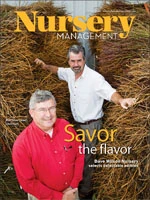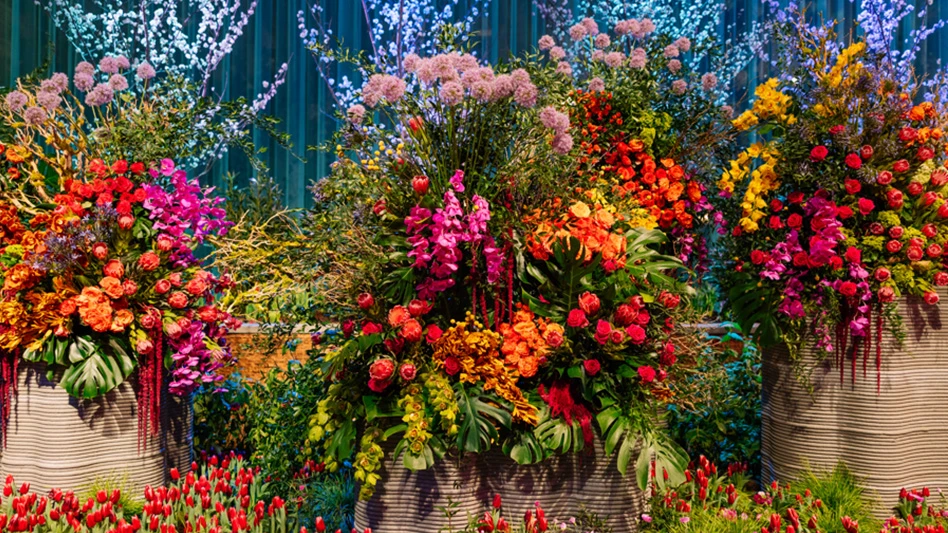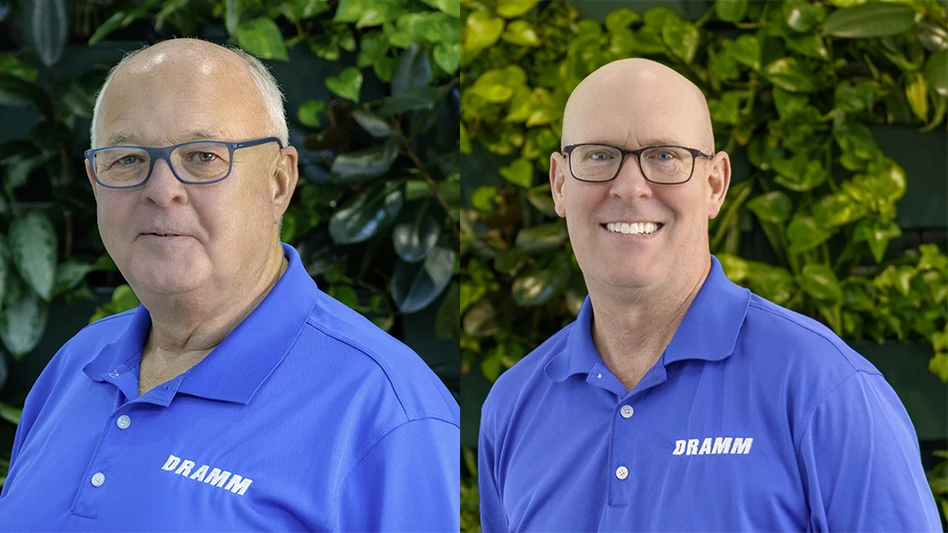|
Discretionary dollars may be down, but interest in gardening is up. To capitalize on this, growers need to become better tuned to the ayes and nays of the end consumer.
“Growers may feel far removed from end-users, but they certainly have a stake in every sale a landscaper or retailer makes,” said Bridget Behe, professor of horticultural marketing at Michigan State University.
2010 saw a strong interest low-maintenance landscapes, native plants, drought-tolerant plants and rain gardens, according to a survey by the American Society of Landscape Architects.
Native plants also ranked high in a survey commissioned by the Garden Writers Association (GWA). The group asked consumers who have a lawn or garden to rate their interest level in organic gardening, water conservation, native plants, web-based gardening information, sustainable gardening and garden blogs. See the graph for what they said.

Garden Spending
On the flip side, the GWA found more than 1 in 4 households (27 percent) with a lawn or garden had planned to spend the most of their gardening dollars on fruits or vegetables this year. But there’s still hope for trees, shrubs and other ornamentals – another 27 percent said they weren’t sure what they’d spend the second-most amount of money on. Capitalize on those undecided consumers and get their attention with the natives and water-conserving plants mentioned in the first set of GWA stats.

Perennials and veggies
In 2010, Ball Horticultural Co. worked with an outside research firm to dig deeper into two trend categories, veggies and perennials, to find out how consumers think about them, and more importantly to identify the best messages to use to attract customer attention and dollars.
Consumers said perennials “are the building blocks of a garden” and they “provide spots of color, texture, shape and size to gardens.”
Perennials equate to less risk and consumers are drawn to the plants’ forgiving nature.
Consumers love that perennials can be divided. Younger homeowners divide to fill space, while more experienced gardeners divide to share with others.
Perennials are considered a better investment than annuals.
Males surveyed tended to like perennials due to “ease of use.”
Blooming shrubs and bushes are considered perennials by consumers.
Most varieties are unknown to the majority of consumers, and 50 percent of study participants say they would use more perennials if they were more familiar with them.
While veggies seem to be getting all the mainstream media attention, the Ball research found that 40 percent of those surveyed started with vegetable and flower gardening at the same time. And more than half of all “vegetable gardens” are actually in pots and containers. (Editor’s note – this seems like a great opportunity to pair ornamentals and edibles in mixed containers.)

Consumers speak up
It turns out the marketing window for some consumers is always open. Proven Winners asked, “When do you begin to plan for spring?” and 5,272 out of 8,125 respondents said “year-round.”
And with brand awareness growing, 36 percent surveyed said they buy certain brands when shopping for plants.
“Whatever you are producing or selling in 2011, it needs to be viewed from the paradigm of the ever-changing consumer,” said Marshall Dirks, director of marketing for Proven Winners. “In a marketplace where nearly everything is available everywhere and at nearly any time of the day, the opportunity to capture small niches, which are typically ignored, may be the key to business survival.”
Proven Winners avoided a costly mistake by listening to the consumer. A couple of years ago, the company created an ad promoting its new Rockapulco double impatiens series. Before running the ad, Proven Winners asked consumers for their opinion of the ad. The results were overwhelming, Dirks said.
“They absolutely loved the design, but they hated the color red. A follow-up survey was immediately conducted asking female gardeners’ what was their favorite flower color. Red was their sixth choice. Purple was No. 1. A $1 million mistake was avoided by simply asking a question,” he said.
Proven Winners enlists gardeners to name and rate plants, choose ad layouts/designs, vote on potential television commercials and packaging ideas, as well as providing the opportunity to comment on every page of its website.
“Are you listening? I hope so, because your customers want to tell you something,” Dirks said.
In 2010, the favorite color shifted a bit. Proven Winners asked some 60,000 consumers, “What’s your favorite color?”

Lawn & Garden Consumables
U.S. demand for packaged lawn and garden consumables, which include fertilizers, pesticides, growing media, seeds, mulch, and other related products, is forecast to increase 2.4 percent per year to $9.0 billion in 2014, according to The Freedonia Group.
The weak economy and food safety concerns have created a renewed interest in home gardening, a trend that will likely continue going forward, promoted by the introduction of new, easier-to-use gardening products. If consumers are buying supplies, make sure they’re also buying your plants.
Container Gardening
Sun and shade requirements, ease of care and favorite flower color were some of the most important factors to consumers when deciding on a container planting, according to research by Proven Winners.
|











